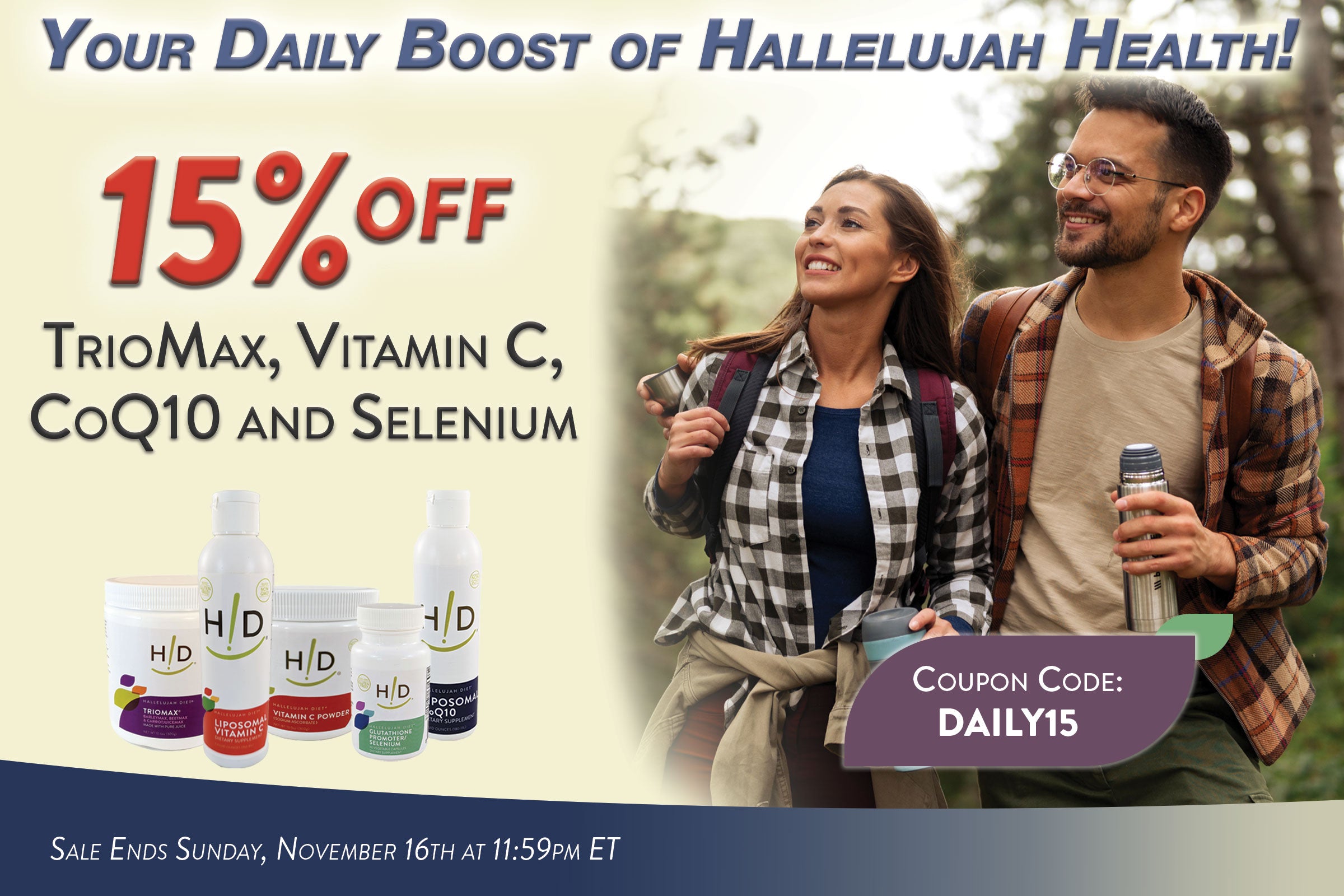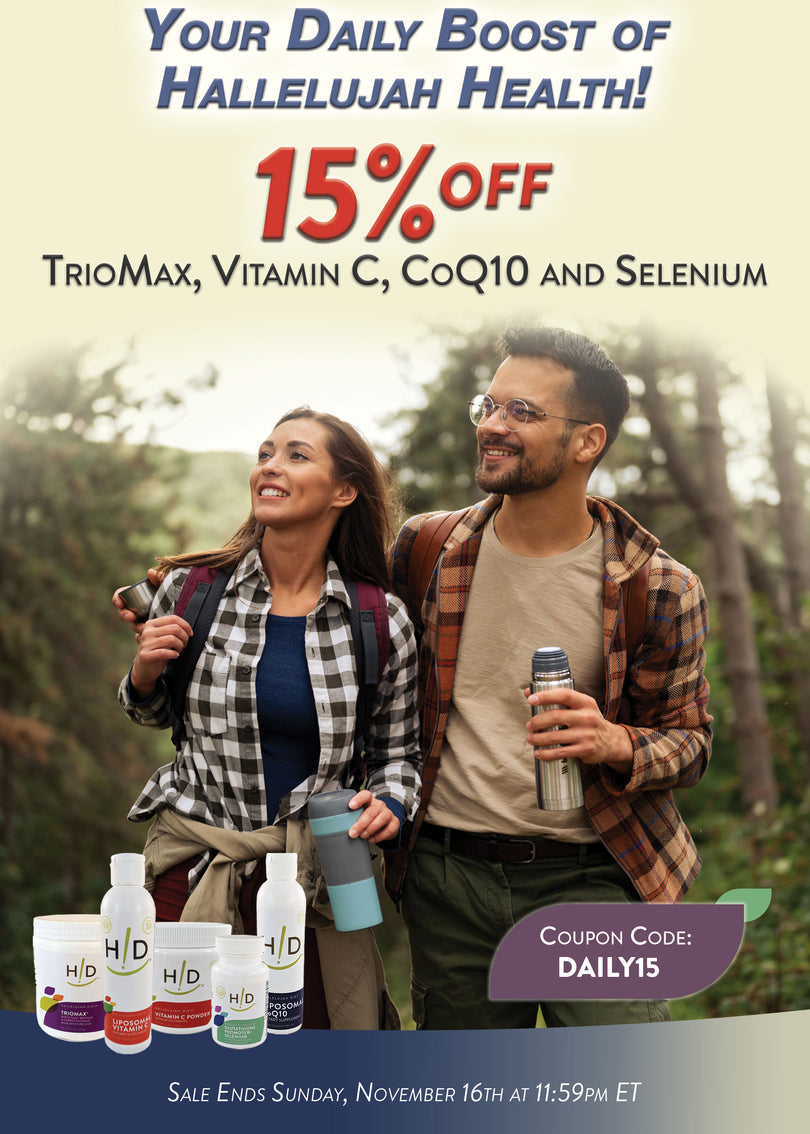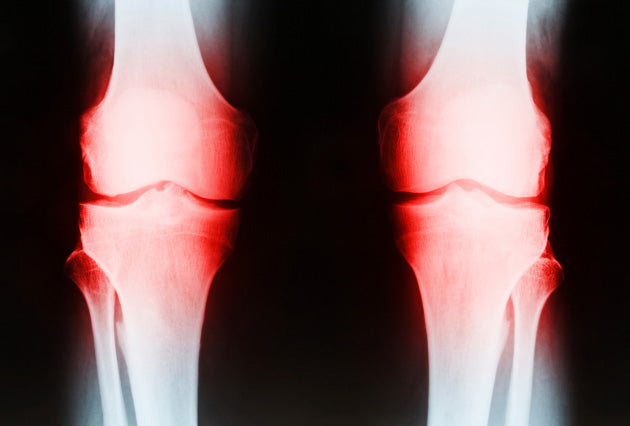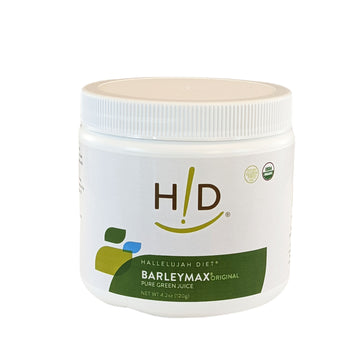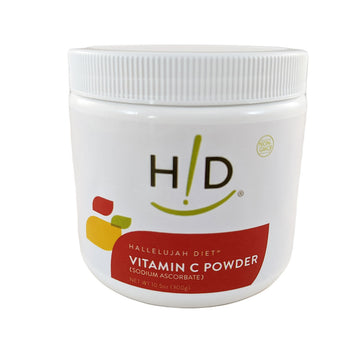The studies on eye health fall into three categories:What is astaxanthin?
Astaxanthin is a carotenoid. It is the pigment that makes salmon orange, and lobsters and crabs red. There are two classes of carotenoids—carotenes and xanthophylls. The main carotenes (α-carotene, β-carotene, and lycopene) are made up of only carbon and hydrogen, while the xanthophylls (lutein, zeaxanthin, β-cryptoxanthin, and astaxanthin) contain oxygen. Why does this matter? The oxygen in the structure allows the molecule to be polarized and orient through the lipid bilayer of the cell membrane, unlike the carotenes that remain in the lipid portion of the cell membrane. This specific orientation of astaxanthin makes it particularly good for quenching singlet oxygen (a damaging, high-energy form of oxygen). Astaxanthin is one of the very best molecules for this antioxidant function.
- Giving astaxanthin to people who suffer with eye fatigue to see if it provides relief;
- Giving astaxanthin to people without eye fatigue and then subjecting them to intense visual work to see if the astaxanthin protects them from fatigue or improves recovery; and
- Measurement of eye function to see if astaxanthin improves eye function on specific tests.
A combination of tests, both objective lab tests and subjective questionnaires, has been used to measure eyestrain since there isn’t one good measure for determining whether a person has or doesn’t have eyestrain. Accommodation, which is the ability of the eye to focus on objects at different distances (by changing the lenses’ refractive power), is strongly affected by eyestrain. It appears to be one of the best objective measurements of eyestrain, as it correlates well with subjective patient ratings of eye fatigue as well. In 2002, a study compared video display terminal (VDT) workers with workers who didn’t have the same eye-straining work. Accommodation function was better in the workers who did not work with screens all day. But when VDT workers took 5 mg of astaxanthin for 4 weeks, their accommodation amplitudes were significantly improved, (see chart below). The astaxanthin group also had a 54% reduction in eye fatigue complaints. The placebo group had no such improvement.
In a follow-up study with VDT workers in 2006, 6 mg of astaxanthin was compared to a placebo group after 4 weeks of intervention. There was a significant difference in the amplitude and rate of accommodation in the astaxanthin group compared to the beginning values and compared to the placebo group. So, the astaxanthin helped subjects to both focus on a wider range of objects and to do it faster with less fatigue. The subjective tests also revealed a significant difference in dimness of sight and stiff shoulders/neck between the two groups after the treatment with astaxanthin. In 2005 a study tried to determine the appropriate dose of astaxanthin for VDT workers, who spent an average of 7 hours each workday with close vision work with a terminal. Doses of 6 mg and 12 mg per day were given to 30 subjects each for 4 weeks and compared to a placebo. The 6 mg dose resulted in significant change in several subjective parameters as well as improvements in accommodation times (rates of pupil focusing). The 12 mg dose was a little better, resulting in both increased accommodation power and times. So, at least 6 mg a day was considered to be an optimal amount for eyestrain relief. Another study in 2005 using 6 mg a day for 4 weeks found positive results for accommodation power and times, along with subjective improvements in “bleary-eye feeling” and “tendency of irritation”. So, the tests with workers who had complaints of eyestrain were helped by using at least 6 mg a day of astaxanthin. Results were seen within 4 weeks. Another study looked at just 2 weeks of taking astaxanthin in people without complaints of eye strain. After 20 healthy volunteers were given a 20 minute near visual task their eyes were tested. The accommodation contraction and relaxation times were both made worse compared to before the task in the placebo and astaxanthin groups. However, it was significantly better in the astaxanthin group, compared to the placebo group. After 10 minutes of rest, the astaxanthin group had a much better recovery as well. Another study of healthy volunteers without eyestrain found similar results—astaxanthin helped recover accommodation power after an intense 30-minute session of VDT work. Astaxanthin has been tested in middle-aged people suffering with presbyopia—the age-onset inability to see things clearly up close. After taking 6 mg a day of astaxanthin for 4 weeks, the pupils of the eyes of the subjects were able to contract further, allowing them to focus on closer objects without the use of reading glasses. Subjective complaints of eye strain, difficulty seeing close objects, blurred vision, and shoulder/low back stiffness were also much improved by astaxanthin. One study helped reveal one of the several mechanisms by which astaxanthin helps the eyes. After 4 weeks of taking 6 mg a day of astaxanthin healthy volunteers had improved retinal capillary blood flow, compared to before taking the supplement and compared to the placebo group.
Where does it come from?
Where astaxanthin comes from is interesting because it reveals why it exists in the first place and what it could do for you, too. Though salmon and crabs and shrimp are red due to the astaxanthin, they are second-hand sources. They get it from algae that make it for their own benefits. Like so many other phytochemicals that help protect plants from insects or oxidative damage from sunlight or from environmental stresses, astaxanthin also protects the algae known as haematococcus pluvialis. Under normal conditions, this algae is green, but under stress of nutrient deprivation or dehydration the algae goes into survival mode, creating great quantities of the red pigment astaxanthin in preparation for a long wait for better times to grow again. The astaxanthin protects the DNA, the enzymes, and the lipids from oxidative damage during storage, especially from damage caused by sunlight. How else does astaxanthin help the eyes? Well, we know that only two carotenoids are generally found in the retina of the eye, especially in the central region called the macula lutea (meaning yellow spot)—lutein and zeaxanthin. Only the xanthophyll carotenoids cross the blood-brain barrier. This includes astaxanthin, which is found in the retina, too. Astaxanthin has a much stronger ability to quench singlet oxygen than even zeaxanthin, which is stronger than lutein. In the algae that astaxanthin comes from, its role is to protect the algae from strong UV light rays when the water it is growing in dries up. It appears that this photo-protection is part of how astaxanthin preserves our eyes. So, astaxanthin has been tested and proven to help with eyestrain, both in preventing and overcoming existing strain. A dose of 6 mg a day works pretty well for this. But that’s just the beginning. This amount of astaxanthin does good throughout your body. Astaxanthin is great for normalizing cellular function in diabetics. Animal studies have shown that astaxanthin protects the kidneys and the insulin-producing beta-cells of the pancreas from oxidative damage, which is very common under the high blood sugar environment of diabetes. It also improves muscle endurance, proven in lab mice doing swimming endurance tests and in men doing squats with a 94-pound barbell. The mice were able to maintain blood glucose levels better than the controls and burn more fat to keep them swimming longer. The men improved their squats by 19% in the placebo group and 55% in the astaxanthin group (see chart below) after taking 4 mg/day of astaxanthin for 6 months.
Astaxanthin also reduces oxidative stress (as do all antioxidants), shown by lowered C-reactive protein levels. It improves several measures of immune system function in young women, too. We still don’t know all of the benefits of astaxanthin. There are still many “side benefits” yet to be uncovered. As more people take astaxanthin they will find out what all it does. It is destined to continue to shine ever brighter as a great, beneficial molecule provided by our Creator.
